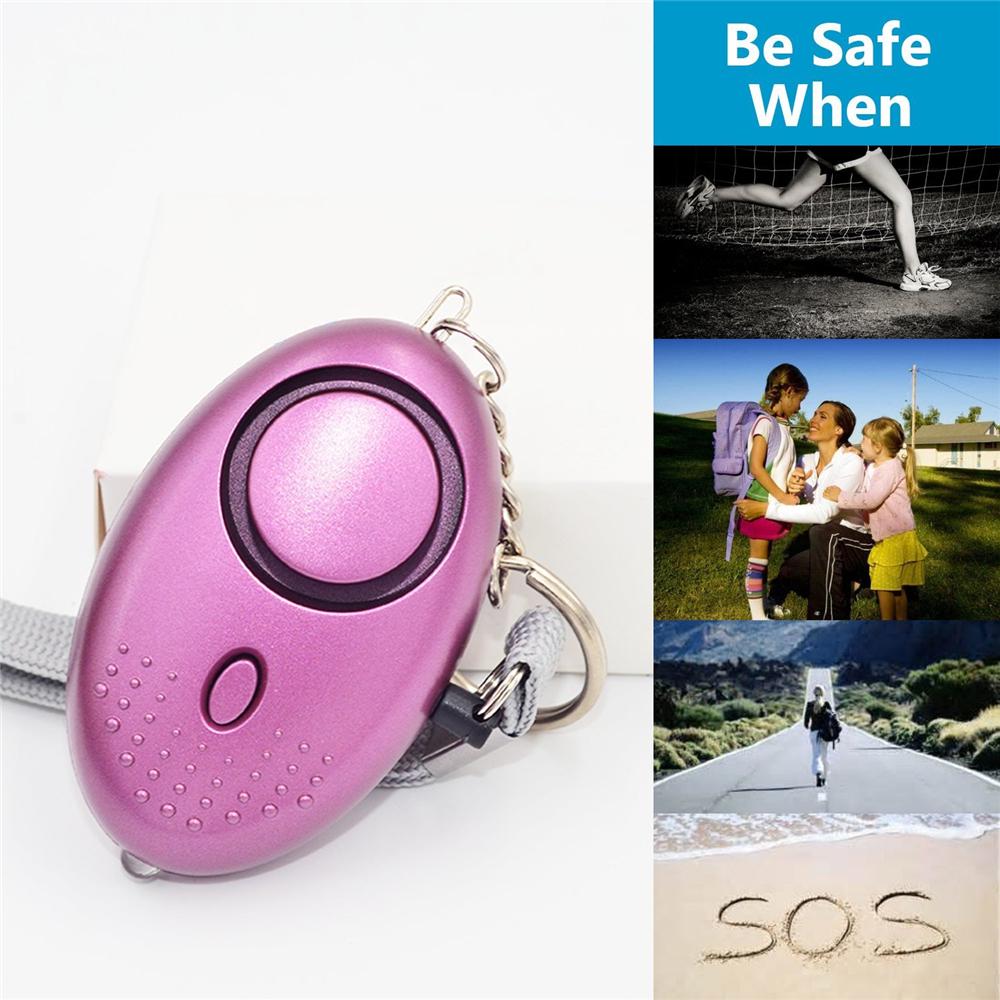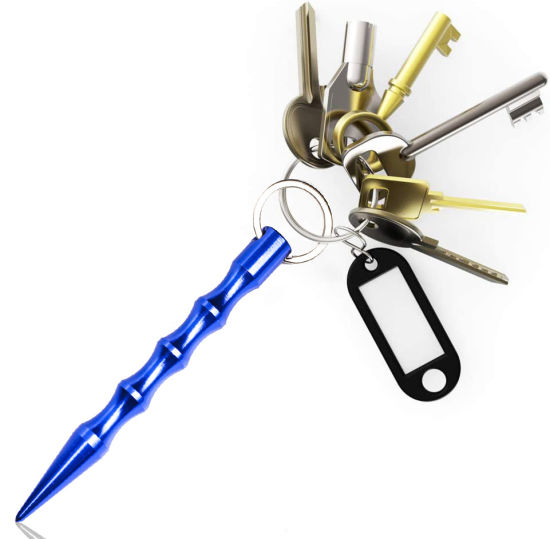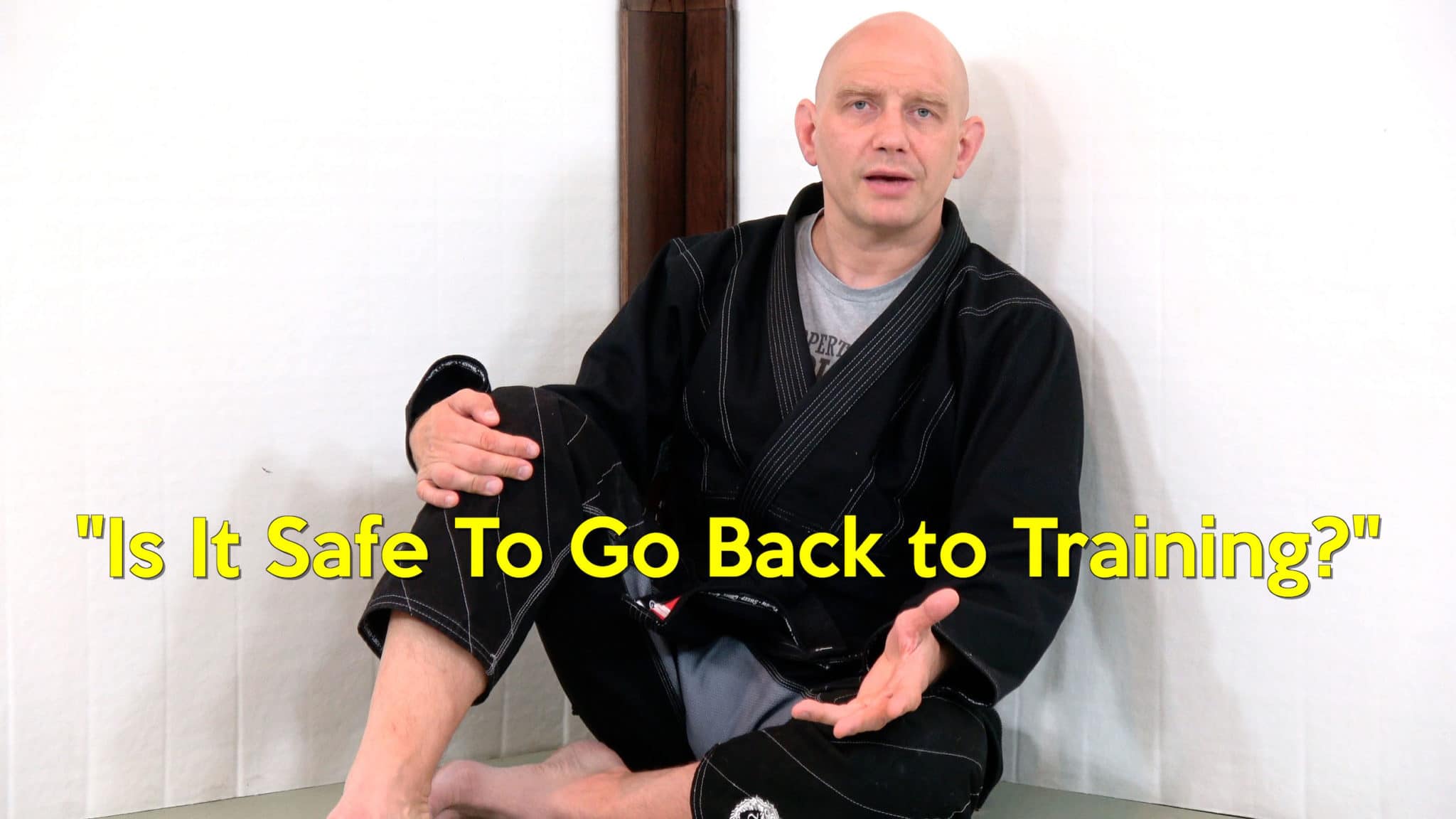
Before purchasing a personal safety alarm, consider a few things. Depending on your situation, you may need a louder noise than a human voice. Some personal safety alarms emit noise at around 115 dB. You need one that is louder than this. Loud noise can be a deterrent for thieves and attackers. The alarm must be easy-to-use so that it doesn’t disrupt meetings, or scare off crowded restaurants.
Personal safety alarms: What is the cost?
Personal safety alarms come in a variety of prices and features. Some have just a whistle. Others include flashlights, whistles with built-in whistles, or other features. Personal safety alarms vary in price depending on brand and type. They can cost anywhere from $8 up to $25. The lowest-end personal safety alarms can be purchased for less money and only require a button/pin mechanism to activate. Mid-range personal safety alarms cost anywhere from $12 to $25 and usually come with a flashlight.

Keychain-style devices priced
You might be tempted to purchase a keychain-style personal alarm for as low as $50 if you have a tight budget. These devices have many benefits and features, so it is important to be informed. For starters, they should be small enough to fit in your hand, not too loud, and disguised as jewelry. Most keychain-style personal safety alarms can last for a year or longer, though you should periodically check them for working batteries.
Loudness to 130 dB Alarms
An effective way to deter theft is to use a personal safety alert. This alarm alerts people in your vicinity to an imminent attack. Personal alarms are loud enough to scare off an attacker with a 130 dB volume. These devices can be hidden in small bags and pockets, making them useful for both adults as well as children. A personal alarm is not suitable for men.
Cost of button-activated devices
A push of a button, pulling a bolt, or pulling a ring can activate personal safety alarms. Button activated devices look similar to car keys. To activate them, the user must press a button to pull a bolt/ring or push a button. While both methods are effective, the button-activated model can be costly. Before purchasing a button-activated personal safety alarm, it's important to know the specific features and costs of each type.

Preferences for personal security alarms
There are many different types of personal safety alarms than those used in hospitals. Personal alarms that use screams or whistles are not as effective at disarming an offender as those that use coded, silent sound. Although panic buttons have been recommended for hospitals, studies have not shown their effectiveness. In the end, it is up to the nurse to choose which setting they use for personal safety alarms.
FAQ
What are the benefits to martial arts training?
Martial arts training can help you acquire skills that you can use in all situations. You will become more powerful and faster. They teach you how deal with various types of attacks.
They also improve your confidence level. Your confidence level will increase and you will be less stressed if you feel safe.
They can also be beneficial for your health. Regular exercise is proven to improve your physical condition.
How much does a stun gun cost?
Depending on the model, a stun gun can range anywhere from $20-$100.
Two batteries are required for most models. The batteries last around three months.
Where can a stungun be purchased?
There are many places where you can purchase stun guns.
You can search online for Amazon.com, eBay, Walmart, and many other stores.
Brick-and Mortar stores such as hardware stores and sporting goods shops are also open to you.
How do beginners do self-defense?
Self-defense does not require that you have been trained by an expert. It is important to learn how to defend oneself when you are on your own. These basic moves will help you defend yourself against attacks.
You can start by practicing simple movements such as punching, kicking, and kneeing. Then, you can move on to more complex moves like grappling or joint locking.
It is always good to practice things that are similar to what you would encounter in real-life situations. If you want to learn how kick someone, you can practice on something like a pillow.
You won't inflict any injuries while you practice. Be careful not to strike anything too hard as you could cause damage.
How much does it cost to enroll in a self-defense course?
There are many self defense courses. The price of self-defense classes varies depending on where they are held and whether they are taken in person or electronically.
Some schools charge about $50 per calendar month, while others charge up $200.
Look into local community centers for a cheaper option. Many of these locations offer free self defence lessons.
Do stun guns hurt people?
You're not wrong. A stun gun is a device that injects small amounts of current into the skin.
This does not cause permanent damage.
What are some self-defense tips for women?
Self-defense is about being able to respond quickly. This means you must be ready for anything.
One of the best things you can do is to train with a friend. Having a partner will allow you to practice together and work on your technique.
Another tip is to practice with something heavy. If you are being attacked, you will be more likely hit hard by your attacker if you are holding something heavier.
Statistics
- Some people walk into a gym thinking they are going to become the best by training whenever they like and not putting 100% effort in. (budodragon.com)
- The Rape, Abuse & Incest National Network reports that 70 percent of sexual violence cases aren't committed by random strangers in a dark alley but by people we know: friends, family, partners, co-workers, etc. (healthline.com)
- Most likely, the person will want some kind of boxing match, so if you can out-box them, this would be 100% ideal for survival. (budodragon.com)
- Kung Fu alone has 400 unique martial art styles – and whilst you likely won't be able to find a school for each form, many other martial arts are completely different altogether. (budodragon.com)
External Links
How To
What kind of self-defense should I learn?
Self-defense can be defined as a broad term that encompasses a variety of options. There are many types of self-defense you can learn. These are the most popular:
-
Boxing – Because you can fight with your hands, boxing makes a great self-defense option. Although most people believe only men can fight, boxing is possible for women. Boxing can be learned by women through a variety of methods including private lessons, gyms and online courses.
-
Wrestling – Many people think that wrestling isn’t a sport. It was once America’s national pastime. You can learn to wrestle online, in a gym, or privately.
-
Jujitsu (Jujitsu) - Jujitsu helps you defend yourself using your own body weight. It is simple to learn and improves coordination and balance.
-
Kickboxing - Kickboxing, which is similar to Muay Thai's, uses kicks in place of punches. It's a full combat sport with no rules. It is a great sport for beginners as it is simple to learn.
-
Tae Kwon Do – TKD - Tae Kwon Do is a Korean Martial Art that combines elements karate, taekwondo and jujitsu. It is an ideal choice for anyone who wants to learn self-defense without having to worry about hurting their opponent.
-
Mixed Martial Arts – MMA is a mix of different martial arts. It blends Judo Judo Boxing Wrestling, Judo, Judo, Boxing and Brazilian Jiu Jiu Jitsu. Because it is so effective, it's one the fastest-growing sports in today's world.
-
Karate - Karate, a Japanese martial art, focuses on kicking techniques. It's been around for hundreds of years and has evolved over time. There are many styles of karate today, each with their own moves and training methods.
-
Knife Fighting – Knives can be very helpful when you are defending yourself. You don't have to get close to your attacker in order to stab them. Just know how you can use a knife defensively.
-
Pepper Spray - Pepper spray is a non-lethal weapon that can help you escape from an attack or stop an attack before it starts. However, pepper spray is not recommended for attackers. They are more likely to be burned.
-
Firearms: The last defense against an attacker, is to shoot them. This is typically done by either law enforcement officers or civilians who have been trained to do so.
-
Self-Defense Classes – A self defense class can be a great way for you to learn all these skills at once. They typically cover everything from grappling to shooting.
-
Combative Sports - Another great option is participating in combative sports like mixed martial arts fighting, kickboxing, or even amateur wrestling. These sports require you to practice hard and be disciplined.
-
Martial Arts Schools - If you're serious about learning how to defend yourself, then go to a school that specializes in martial arts. Some schools also offer weapons training classes.
-
Online Courses- You can also find many free resources online. 15) Books - Finally, some books may be helpful. "The Complete Idiot's Guide to Self Protection" by Alan Peppard is a book that covers all of the above topics.
-
Be Content with What You Already Know - Before you attempt to learn anything new, you should first be familiar with what you already know. You'll be able to avoid making mistakes which could lead to your financial ruin.
I think I'll try my hand in self-defense. I have always wanted fight skills but never had the interest to actually learn them. Now that I am older, it is time to take better care of me and stop relying on others.
I'm going to start slowly and see where it goes from there. I have been thinking about joining a local gym so that I can start lifting weights. I'm still contemplating whether I should get one.